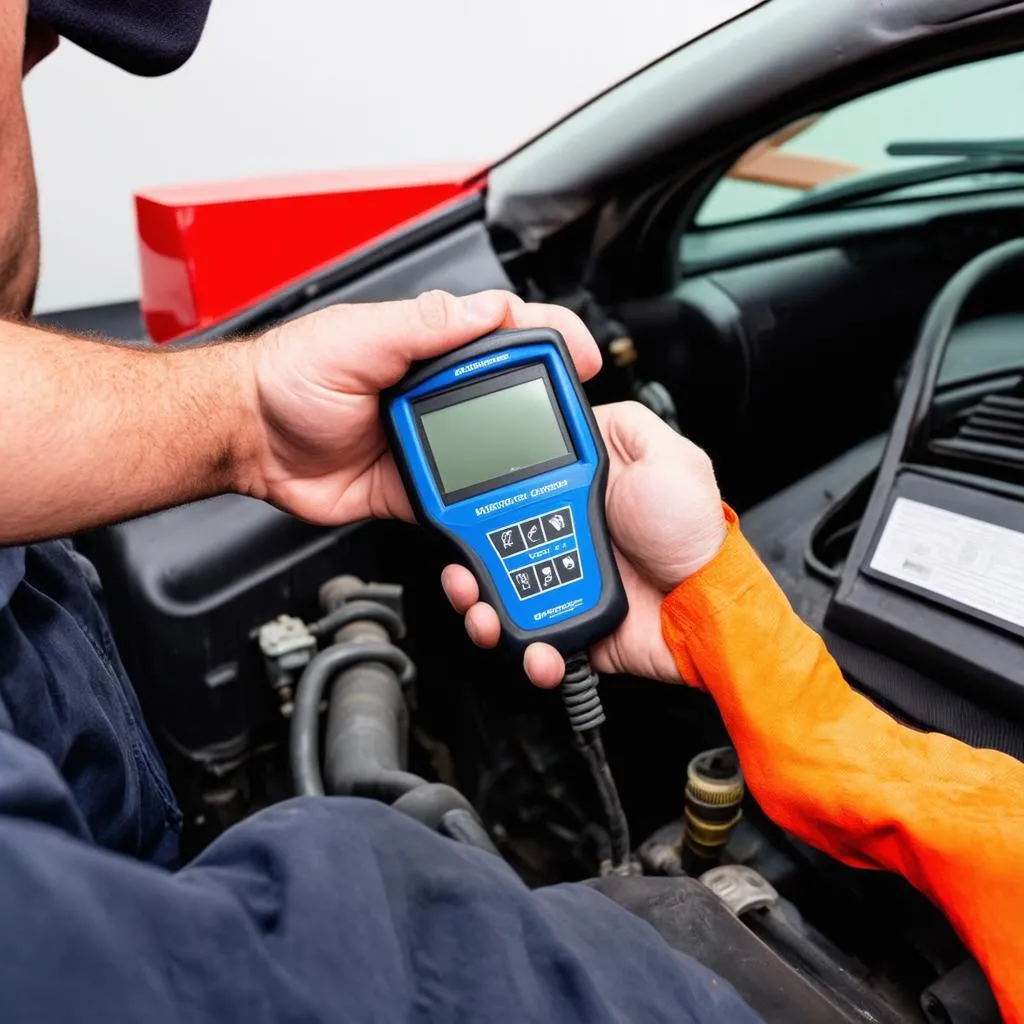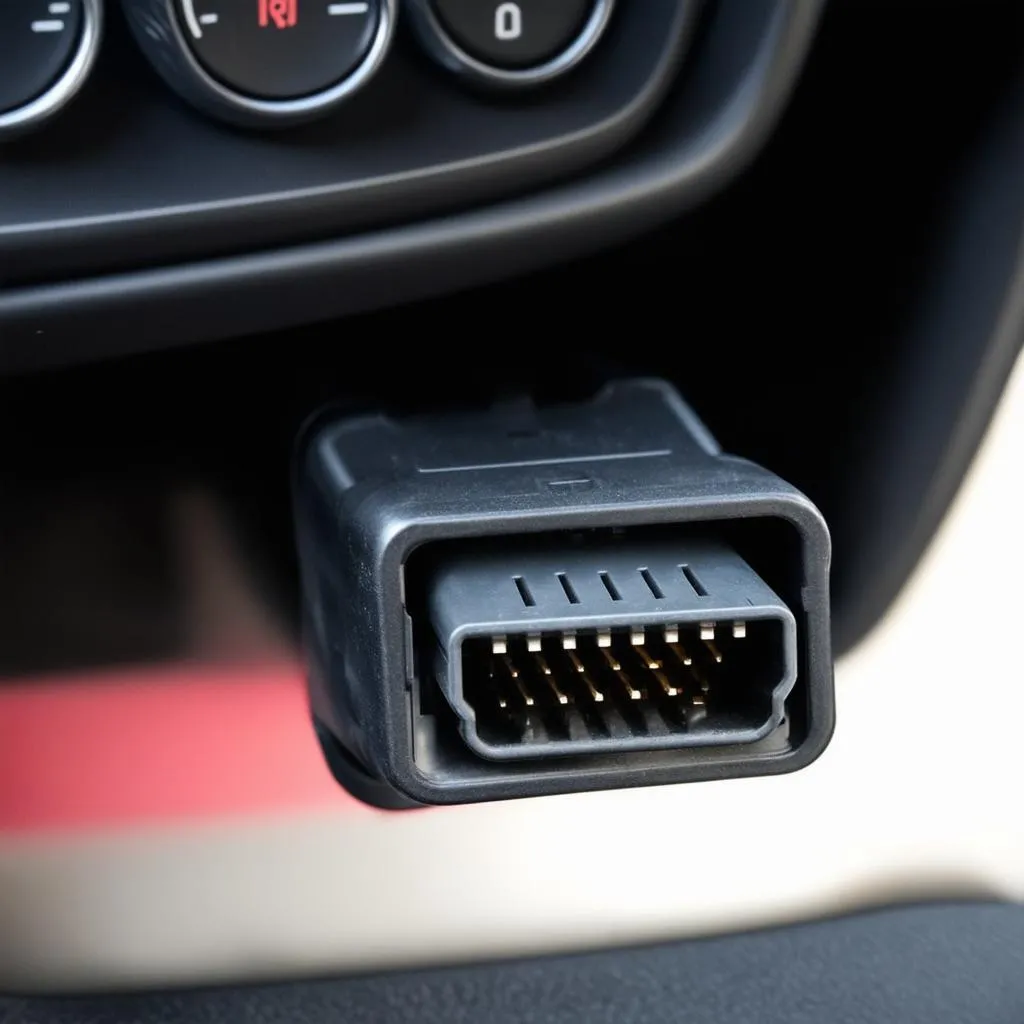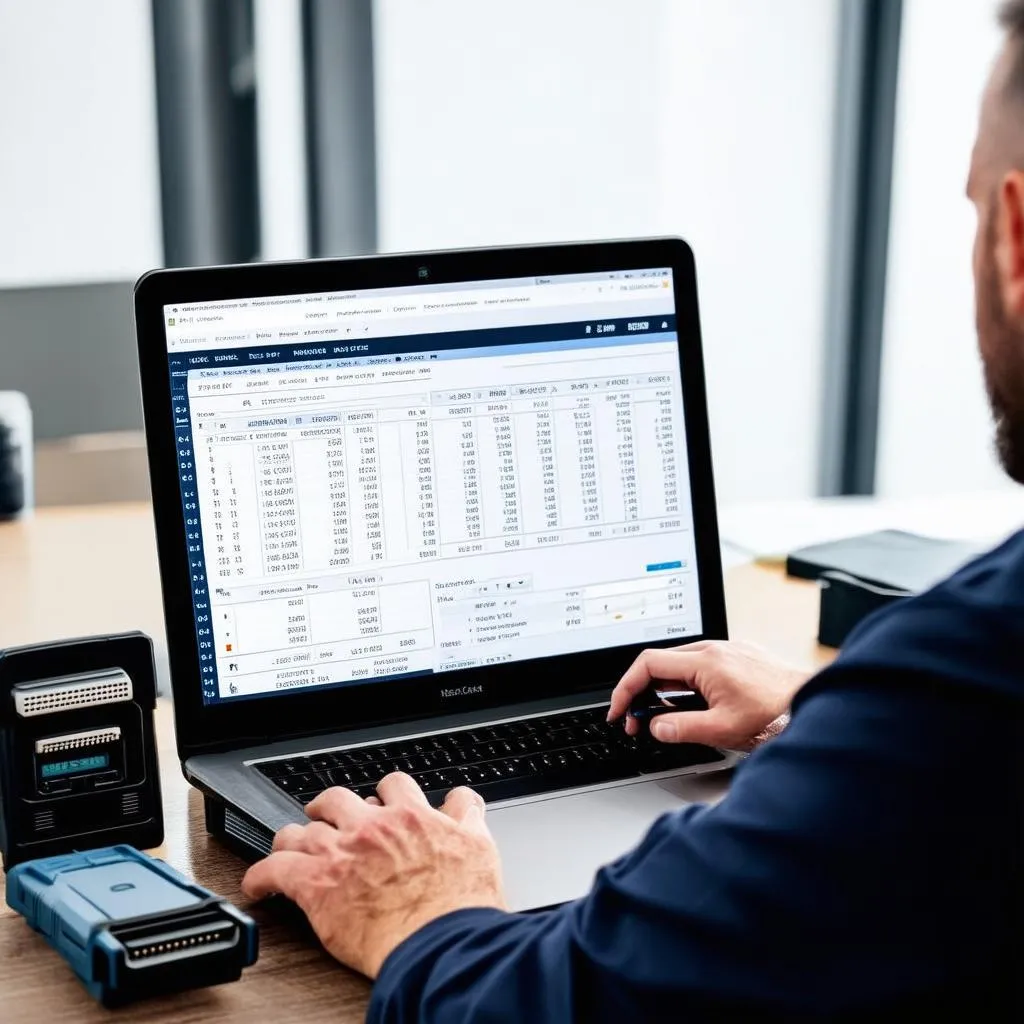Have you ever wondered why your mechanic needs a special tool to diagnose your car’s problems? It’s all thanks to the OBD II system, a standard that allows mechanics to access and interpret your car’s data. But what are the exact requirements of this system?
Understanding Obd Ii Requirements: Why They Matter
The OBD II system, or On-Board Diagnostics II, is a standardized system that monitors your car’s emissions and performance. It provides mechanics with a window into your car’s inner workings, enabling them to diagnose and troubleshoot problems with ease.
The Importance of Obd Ii Requirements
- Environmental Protection: OBD II regulations were put in place to reduce harmful emissions, improving air quality and protecting the environment.
- Enhanced Diagnostics: By standardizing how cars communicate diagnostic information, mechanics can quickly identify and resolve issues, reducing repair time and costs.
- Enhanced Safety: Some OBD II systems monitor critical functions like engine performance and braking, alerting drivers to potential issues and ensuring vehicle safety.
Obd Ii Requirements: A Technical Breakdown
The OBD II system requires specific components and functionalities to be compliant. These requirements include:
- OBD II Connector: A standardized connector located under the dashboard allows for easy access to diagnostic data.
- OBD II Protocol: This defines the communication language between the car’s computer and diagnostic tools.
- Diagnostic Trouble Codes (DTCs): These codes are generated when the car’s computer detects a malfunction. DTCs provide valuable information to mechanics about the nature of the problem.
- Data Stream: The OBD II system allows access to real-time data from various sensors and modules, providing a detailed snapshot of the car’s performance.
- Freeze Frame Data: This data captures the engine conditions at the moment a problem is detected, aiding in troubleshooting.
Obd Ii Requirements: FAQs and Common Queries
Here are some of the most common questions about Obd Ii Requirements:
1. What is OBD II and why is it important?
OBD II is a standardized system that monitors a car’s emissions and performance, allowing for easier diagnostics and repairs. It plays a vital role in reducing harmful emissions, improving vehicle safety, and enhancing the overall driving experience.
2. What are the OBD II requirements for cars in the US?
Cars sold in the US are required to comply with OBD II regulations, meaning they must have a standardized connector, protocol, and data access for diagnostics.
3. Do all cars have OBD II ports?
Most cars manufactured after 1996 in the US are equipped with OBD II ports. However, there are some exceptions, such as older vehicles or those imported from other countries.
4. What can OBD II diagnostics tell me about my car?
OBD II diagnostics can provide information on engine performance, emissions, sensor readings, and other critical systems. It can help identify problems with the engine, transmission, brakes, and more.
5. Can I use a generic OBD II scanner on all cars?
Generic OBD II scanners can be used on most cars manufactured after 1996. However, certain features may not be accessible on all vehicles.
6. Can I use an OBD II scanner to reset my check engine light?
You can use an OBD II scanner to reset the check engine light, but it’s essential to address the underlying issue causing the light to come on.
7. Is it safe to use OBD II scanners?
OBD II scanners are generally safe, but it’s important to use reputable products and follow the manufacturer’s instructions.
8. What are some of the best OBD II scanners available?
There are many excellent OBD II scanners available, including those from Actron, BlueDriver, and Innova.
Obd Ii Requirements: Beyond the Technical Details
OBD II has become an integral part of the automotive world, impacting everything from how cars are built to how they’re repaired. Understanding OBD II requirements can give you a better grasp of your car’s health and empower you to make informed decisions about maintenance and repairs.
 OBD II scanner tool
OBD II scanner tool
 OBD II connector
OBD II connector
Obd Ii Requirements: A Look Towards the Future
The future of OBD II is likely to be even more connected and data-driven. We can expect to see advancements in areas such as:
- Remote Diagnostics: Diagnosing and troubleshooting issues remotely using cloud-based platforms.
- Predictive Maintenance: Using data from the OBD II system to anticipate and prevent problems before they occur.
- Vehicle-to-Vehicle Communication: Cars communicating with each other to improve safety and traffic flow.
OBD II: The Unsung Hero of Modern Automobiles
While OBD II might not be the most glamorous aspect of driving, it’s a critical system that ensures safety, efficiency, and environmental responsibility. By understanding the requirements and capabilities of OBD II, you can make informed decisions about your car and ensure it runs smoothly for years to come.
 OBD II data stream
OBD II data stream
If you have any questions about OBD II or need help with diagnostics, feel free to contact us via Whatsapp: +84767531508. We have a team of expert mechanics available 24/7 to assist you.
Ready to learn more about automotive technology? Explore our other articles on topics such as:
Don’t forget to leave a comment below and share your thoughts on OBD II requirements!